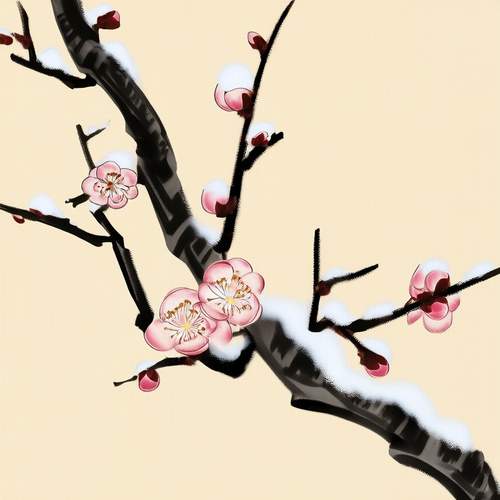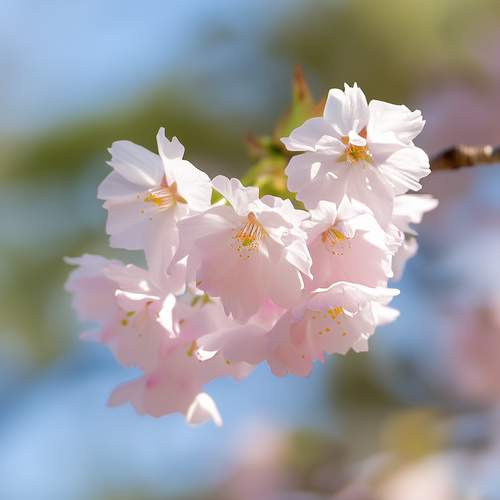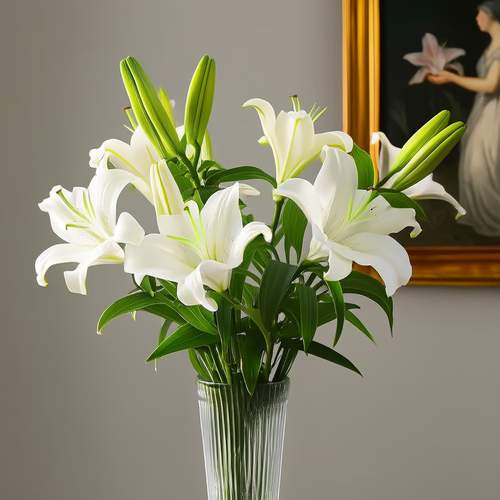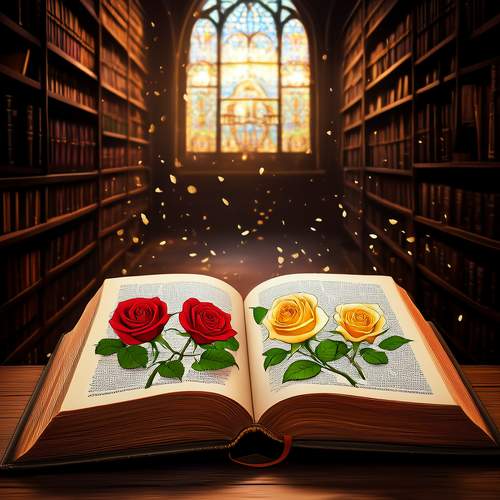The lily, with its pristine petals and elegant stature, has long been celebrated as a symbol of purity and innocence. Yet, beneath its seemingly simple beauty lies a rich tapestry of meanings that transcend its outward appearance. Across cultures and centuries, the lily has served as a vessel for profound human emotions, spiritual aspirations, and even subversive narratives. To understand the lily is to embark on a journey through mythology, art, and the hidden corners of the human psyche.
In Christian iconography, the white Madonna lily (Lilium candidum) became inseparable from the Virgin Mary by the medieval period. Painters frequently depicted the Archangel Gabriel holding a lily when announcing Mary's divine pregnancy, cementing the flower's association with chastity. However, this interpretation obscures the lily's earlier, more complex role in Mediterranean cultures. The Minoans of Crete revered the lily as sacred to the Great Mother goddess, a deity associated with both creation and destruction. This duality - the lily as both life-giver and herald of mortality - reveals how flowers absorb contradictory meanings across time.
The lily's sexual biology offers another layer of symbolism often overlooked. Unlike flowers with concealed reproductive parts, the lily's prominent stamens and pistils thrust outward with almost anatomical boldness. Victorian flower language, despite its reputation for prudery, acknowledged this through the tiger lily's coded meaning of "passion." Japanese ukiyo-e prints frequently used lilies as erotic symbols, their curves echoing feminine silhouettes. This tension between perceived purity and inherent sensuality makes the lily a favorite subject for artists exploring the paradoxes of human desire.
During the AIDS crisis of the 1980s, the lily took on radical new significance. Activists adopted the stargazer lily - its crimson-streaked petals resembling blood droplets - as an emblem of both mourning and defiance. This appropriation subverted the flower's traditional associations, transforming it into a protest symbol against governmental neglect. The stargazer's dramatic appearance, once considered vulgar by floral traditionalists, became perfectly suited to express collective grief and anger. Here, the lily's meaning was rewritten by necessity, proving symbols remain alive only when communities imbue them with contemporary relevance.
Modern genetics has uncovered another secret: the lily's extraordinary evolutionary adaptations. Some species developed heat-producing cells within their petals to attract pollinators, while others evolved trumpet shapes that amplify scent molecules. These biological marvels have inspired biomimicry in fields ranging from aerodynamics to medicine. The lily's waxy petal coating, for instance, informed the development of self-cleaning architectural surfaces. Perhaps this represents the flower's ultimate lesson - that true purity isn't about passive perfection, but about dynamic resilience and ingenious survival strategies.
From bridal bouquets to funeral wreaths, the lily continues to mark life's most sacred thresholds. Its waxen petals seem equally at home cradled in a newborn's hands or lying upon a coffin. This capacity to embody both beginnings and endings suggests the lily's deepest symbolism: not purity as the absence of experience, but as the luminous wisdom that emerges from having fully lived. The next time you encounter a lily, look beyond its surface - you'll find the entire human condition, from our highest spiritual yearnings to our most earthbound passions, reflected in its graceful curves.

By /May 21, 2025

By /May 21, 2025

By /May 21, 2025

By /May 21, 2025

By /May 21, 2025

By /May 21, 2025

By /May 21, 2025

By /May 21, 2025

By /May 21, 2025

By /May 17, 2025

By /May 17, 2025

By /May 17, 2025

By /May 17, 2025

By /May 17, 2025

By /May 17, 2025

By /May 17, 2025

By /May 17, 2025

By /May 17, 2025

By David Anderson/Apr 29, 2025